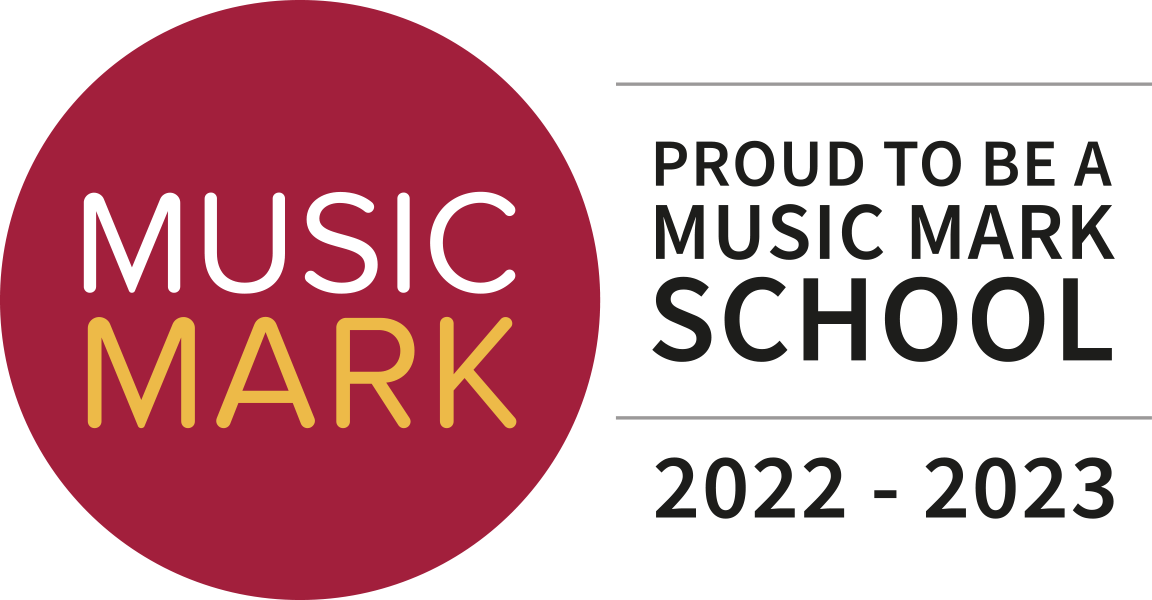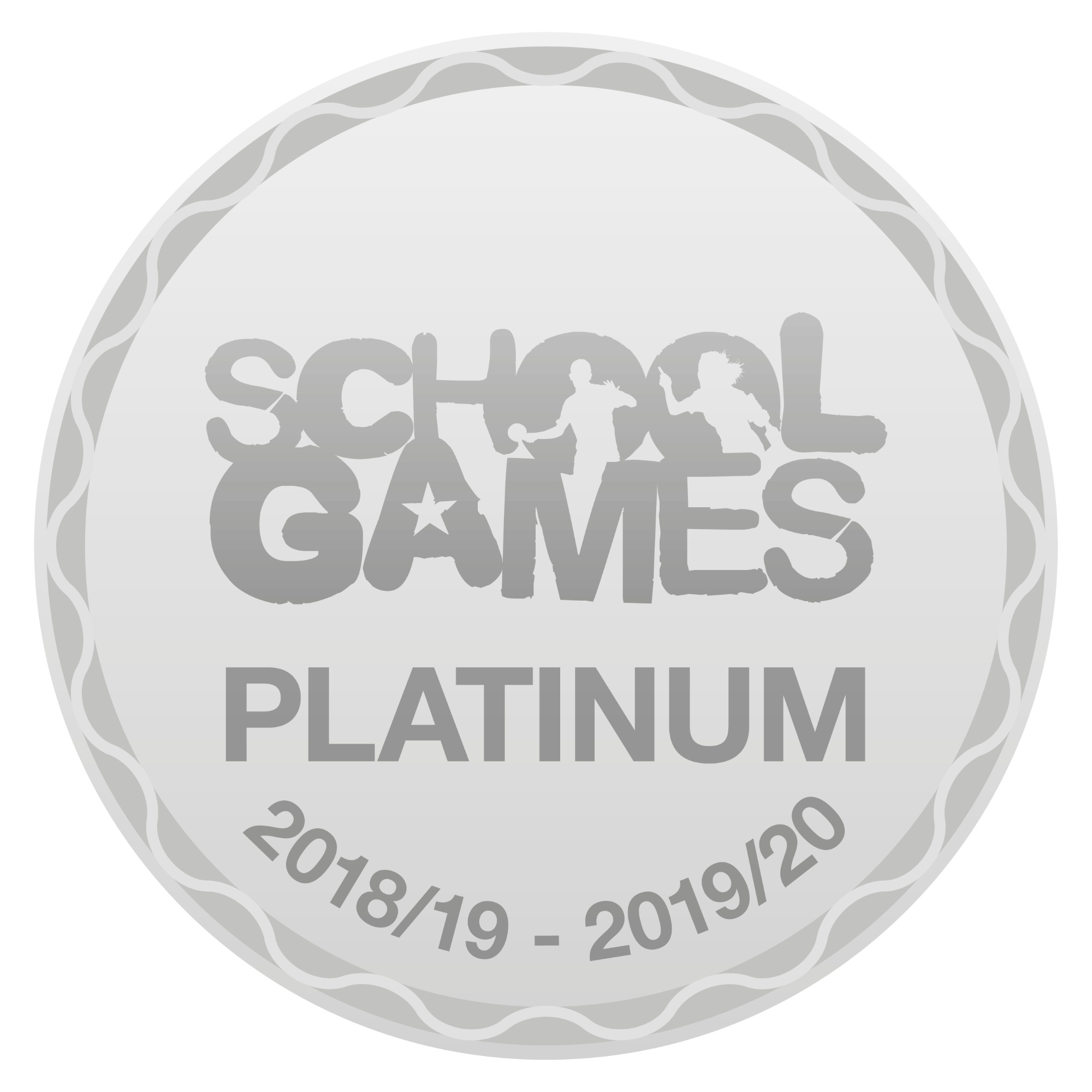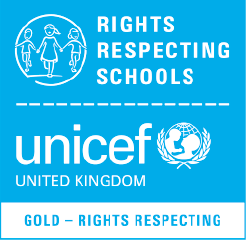Art
At St.Edmund’s, through the teaching of art, we want to engage, inspire and challenge pupils by introducing them to a broad range of techniques, materials and artists, craftspeople and designers from the past and present. We want to equip them with the knowledge and skills to experiment, explore and take risks, invent and create. We want to enable them to be authentic and explore their own identity as well as being curious about, respecting and connecting with others and developing their own well – being. Most importantly, we want them to foster a positive, life-long relationship with the subject and have the freedom to express themselves in a creative way.
The National Curriculum for Art aims to ensure that all pupils:
-
Produce creative work, exploring their ideas and recording their experiences
-
Become proficient in drawing, painting, sculpture and other art, craft and design techniques
-
Evaluate and analyse creative work using the language of art, craft and design
-
Know about great artists, craft makers and designers and understand the historical and cultural development of their art forms.
Planning and Resources
“Kapow Primary Art and Design” (which encompasses the objectives outlined in the national curriculum) is used to plan and support the teaching of Art. It is taught through these four main units:
-
Drawing
-
Painting and mixed media
-
3D Art – this includes sculpture and textiles
-
Craft and design
The curriculum also builds progression through these four main strands:
-
Formal elements - colour, tone, line and shape, form and space, texture and pattern
-
Making skills
-
Knowledge of artists
-
Evaluating
Each unit provides sequenced learning and is flexible enough to allow cross -curricular links. Children are supported in learning how to make their own creative choices and decisions, so that outcomes, whilst being knowledge rich, are unique to the pupil and personal. One unit is taught every other half term, with Design and Technology being taught during the other half. The drawing unit is revisited each term to allow essential skills to be further developed.
Lessons are always practical, sometimes take place outside. Sketchbooks are used in Key Stage One and Two for experimental and exploratory learning. Knowledge organisers are used to support children in building a foundation of factual knowledge by encouraging recall of key facts and vocabulary.
As a school, we often take part in large-scale collaborative artwork and local community projects, fundraisers and projects to mark national and historical events. Just recently we celebrated the Queen’s platinum Jubilee with a multi- media portrait project, the culmination of which was an outside gallery. We have also taken part in projects such as running a market stall, taking part in lantern processions through the town and taken part in projects marking the anniversary of the construction of the Abbey. Whenever possible we take the opportunity to visit local galleries and exhibitions and invite local artists to work with the children. Each class have a framed picture in their classroom, belonging to their ‘artist of the month,’ introduced as another way to allow pupils to gain access to cultural richness and diversity.
We want children to leave our school equipped with a range of techniques but also with confidence and creativity, forming a strong foundation for their Art and design learning at Key Stage 3 and beyond.











